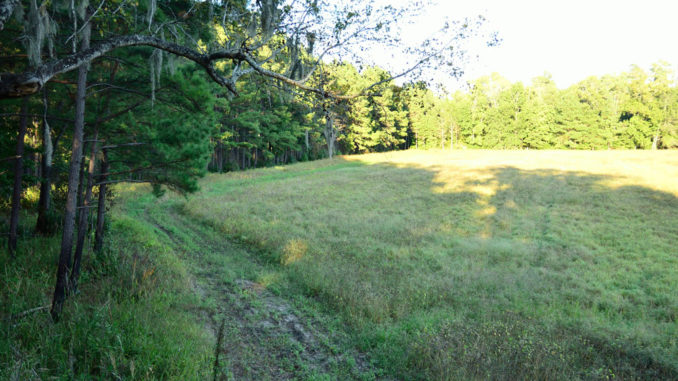
Incorrect seed, fertilizer applications are easy to avoid
It’s that time again: for cooler weather, changing colors and the approach of the whitetail rut. While some hunters get an early start in August and September to fulfill their food-plot dreams, the majority start tilling up the dirt in early October. It’s a busy season for hunters looking to quickly establish a field of greens, because their prime hunting days are eminently approaching.
It’s crunch time, and if hunters are going to have a food plot, there is no time to waste. You can have a lush fall plot, but it doesn’t mean you should rush and make careless decisions.
One of the major planning mistakes is improper application rates of seed, fertilizer and herbicide. Most food plots are constructed in old woodlots, fields or anywhere there is some open ground. And quite often, food plot areas are a result of guesswork.
Becoming a food-plotter is much like farming, but on a much smaller scale. For farmers, the size of their fields is the most-important consideration for every activity during the production of their crops. In addition to the massive costs of fertilizer, lime, herbicide and the latest, engineered seed, farmers know the exact survey area of their crop fields, and they make sure that they prepare their field applications based on the finite area.
Every bag of seed, fertilizer and herbicide has recommended applications rates, all based on an area unit of measure, either per acre or per square foot. Many food plotters just guess their plot size and make applications based on their educated guess. And this can work fine if they make an accurate assessment of their food-plot area. However, a poor guess can destroy expectations of a lush plot where they hope to take a trophy buck later in the year.
Luckily, area and rate calculations don’t require an advanced degree from a private, Ivy League college. Measuring area is simple math that is first taught to third- and fourth-graders, but math doesn’t always come easy to everybody. Fortunately, there are only a few steps to follow to accurately calculate the area for a food plot of any shape.
First, the units of measure need to be explored to be able to compute distances over to usable areas. Since most measuring devices measure in feet, and application rates are based on acres, landowners should choose measuring devices with feet as their primary unit. Additionally, many measuring tapes come with inches or tenths between the foot measurements. For ease of computation, measuring tapes with tenths between foot measurements are preferred because it requires less calculation to reach a final product.
Area formulas can range from a very simple length-times-width calculation to a more complicated version, such as the area formula for a circle with a computation of its radius and a mathematical constant. But for almost all food plots, the area can be calculated by using the simple square and triangle formulas. The area of a rectangle is a simple length multiplied times the width. The formula for a triangle is basically the same as a rectangle, but since it only has three corners versus four, you have to divide it by half. In other words, the formula for a triangle is the base times the height multiplied by .5.
When multiplying foot measurements, the result produces a square-foot measurement that can be easily converted to acres. Since 43,560 square feet comprise an acre, the square-foot product can be divided by 43,560 to produce the area.
Food plots should be sketched out on paper and then segregated into rectangles and triangles if needed. The lengths and widths of each smaller rectangle and triangle should be accurately measured on the ground, marked with a stake or flag, and recorded on the sketch. Then, the areas of each subordinate region should be calculated and added together to come up with an accurate and precise calculation for the entire food-plot area.
While physical measurement with a roll tape is the most accurate way to determine a food plot’s area, areas can also be measured with a hand-held GPS or from web-based programs that have accurate aerial views like Google Earth or ESRI’s ARC-GIS Explorer.
Food plots come in all shapes and sizes. Most landowners construct food plots with irregular shapes that can make measuring area a little longer process than just a standard rectangular shape. But, coming up with an accurate plot area will make product and seed applications more efficient and precise.
Inoculate? absolutely!
During the fall planting season, legumes are a large part of planting systems. Vetches, alfalfa, beans, trefoil, peas and clovers are all legumes. White clover is one of the primary seed choices for food plots across the nation, and for good reason.
Clover can provide deer and other wildlife with a nutrient-packed food source year-round and can double as perfect kill plot. But legumes should be inoculated before planting if not already pre-inoculated in the bag.
Inoculation is the process of introducing a nitrogen-fixating bacterium to the seed. Legumes take nitrogen from the air and convert it to usable nitrogen through nodules on the roots formed by rhizobia bacteria. The bacteria form a symbiotic relationship with the roots to produce usable nitrogen for the legume and other companion plants in a planting mix.
Inoculating legumes is a very easy task. The small packet of inoculate specific to the seed should be added to the seed before planting. Inoculating the seed will not only provide savings in nitrogen fertilizer, but it will boost growth of legume and companion plantings for the fall season.
Is more always better? No way!
More food plots get planted in October than any other month, and one of the biggest misconceptions for planting food plots is that more of a good thing is always better. It couldn’t be further from the truth. Plants and animals need food, water, and space, but too much of anything can be devastating to a food plot.
Plants need rich soils filled with nutrients, adequate moisture and abundant sunlight. A flood will drown out plants, and over- fertilizing plants can make the fertilizer essentially toxic and kill them. The most-common issue is for food-plotters to apply a higher rate of seed than recommended. The seed-planting rates have been developed from years of product testing to determine the best planting rate for maximum growth. Just like animals, plants have a carrying capacity based on nutrient availability and most importantly, space. Plants require sunlight to produce energy and space to functionally grow to maturity.
Fall food plots are often planted with pure stands of mixtures of cereal grains, legumes and brassicas. While rye grass can grow boisterously in a very small space, turnips and radishes need substantial room to grow efficiently, to produce large foliage above the ground and oversized tubers below the ground. Basically, plants need space to expand and optimize sunlight exposure for maximize photosynthesis to produce the most energy possible.
Another consideration to remember is that seed rates are generally prescribed based on a pure stand and not a mix of different types of cereal grains, legumes and brassicas. When mixing seed varieties, food-plotters should consider that some larger plants with a low stocking rate like brassicas will shade out companion plants, and this should be an accepted outcome. Yet the cereal grains and legumes growing between the large foliage of the brassicas can be expected to flourish very efficiently, providing wildlife with a much needed boost of energy.
On the other side of the coin, fertilizer treatments shouldn’t be reduced, especially when the soil onsite falls within the target pH range. Too much of anything can be bad for a food plot, but not enough chemical supplementation can inhibit the maximum potential for a food plot.
For the best fall food plots, make sure to plant just enough seed and apply all fertilizer needed at all scheduled application periods and nothing more!

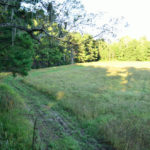
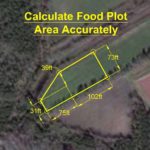
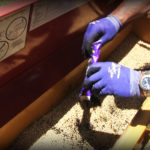

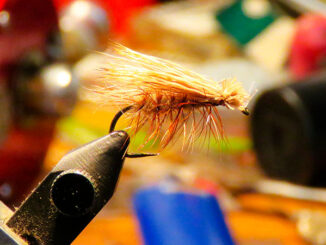
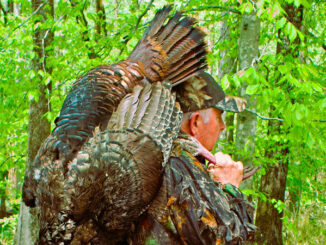

Be the first to comment